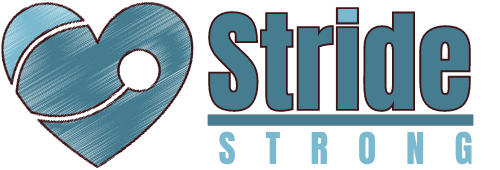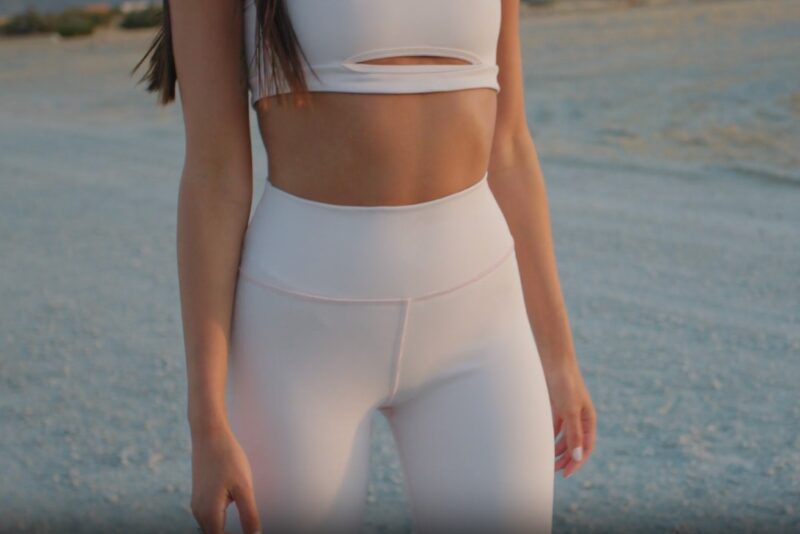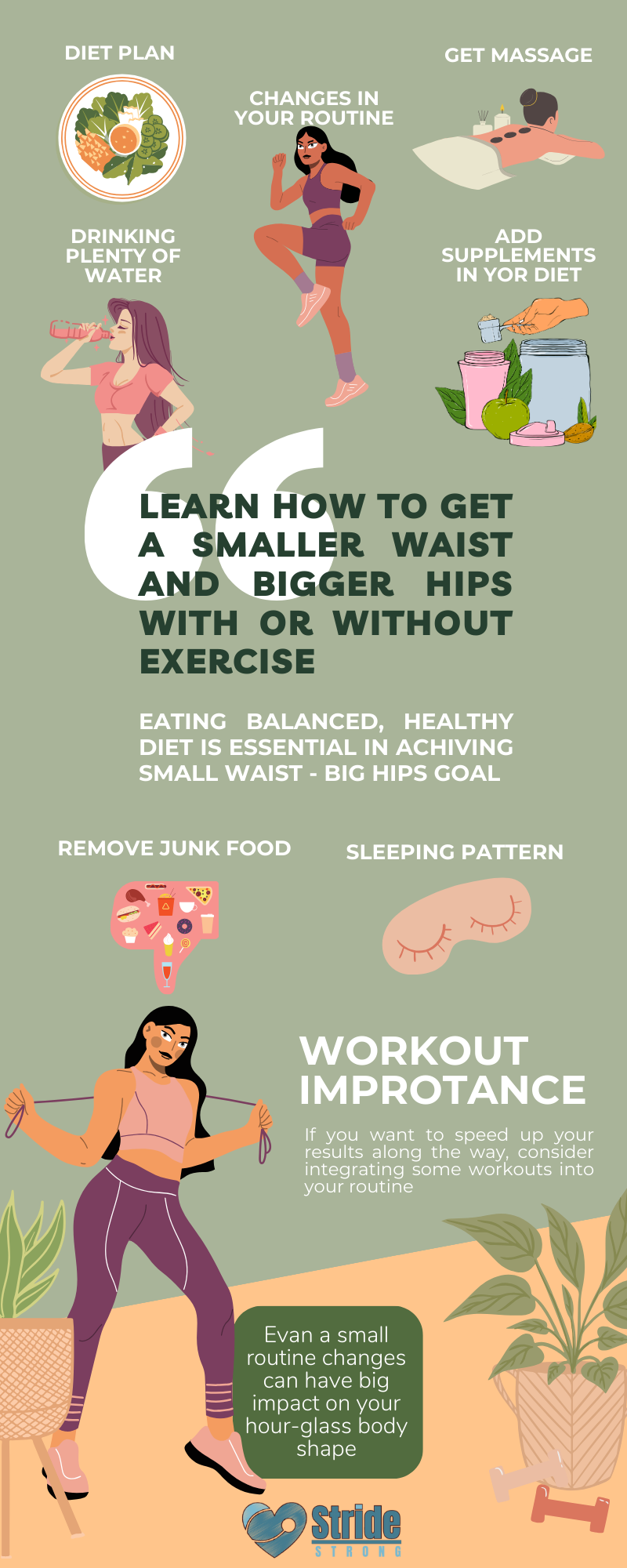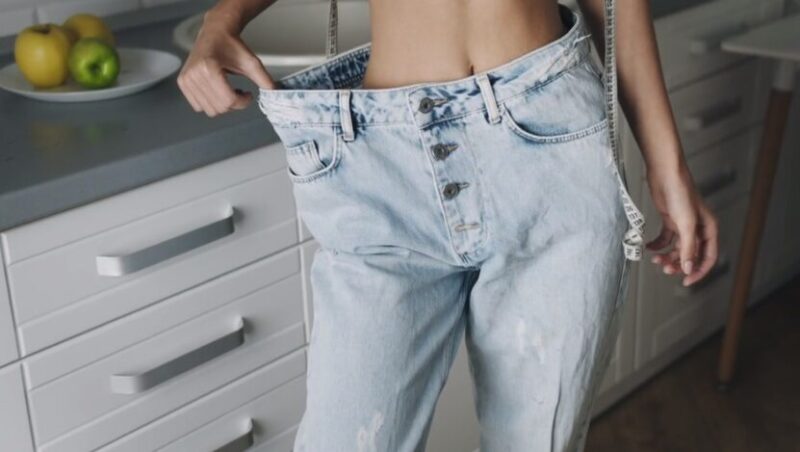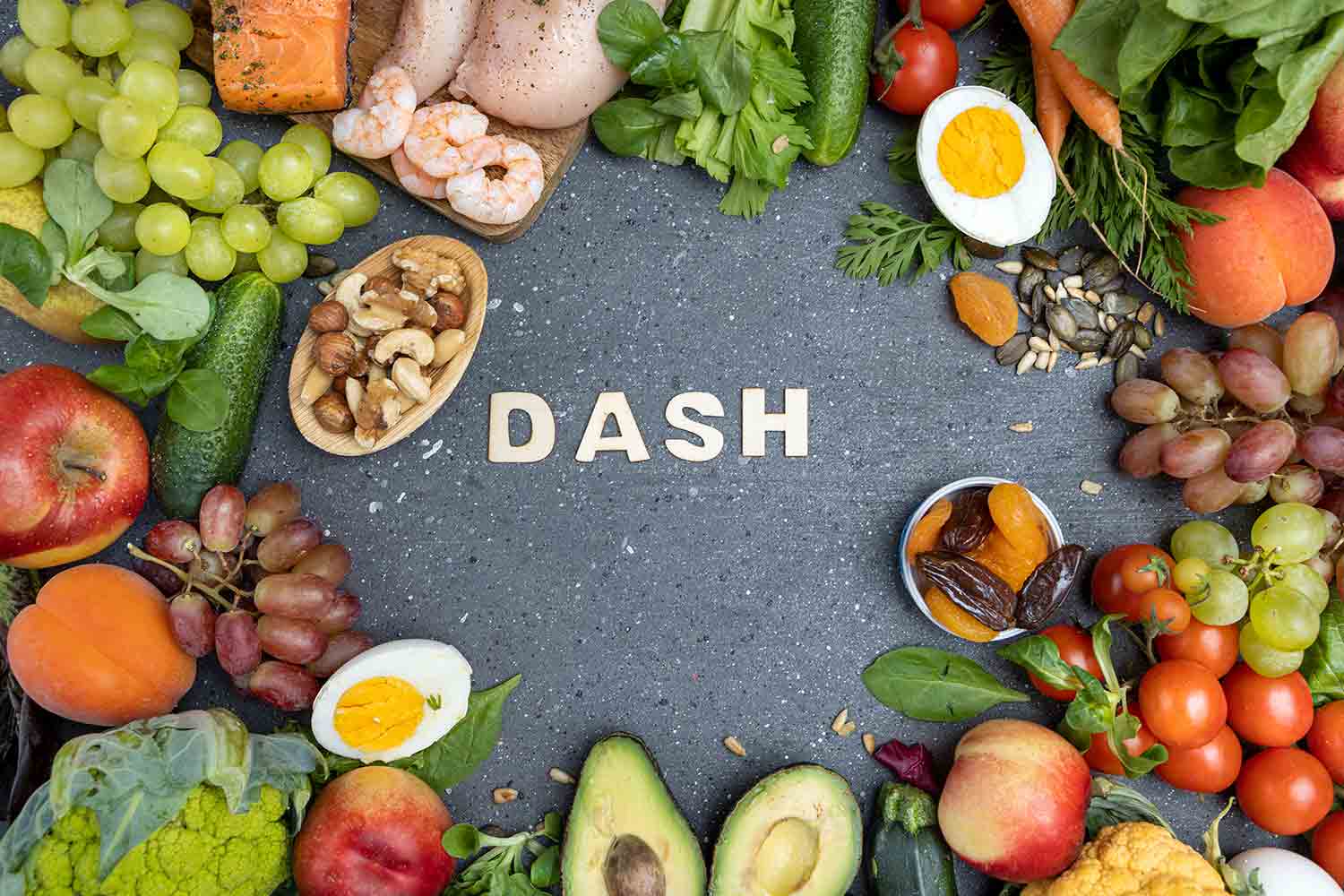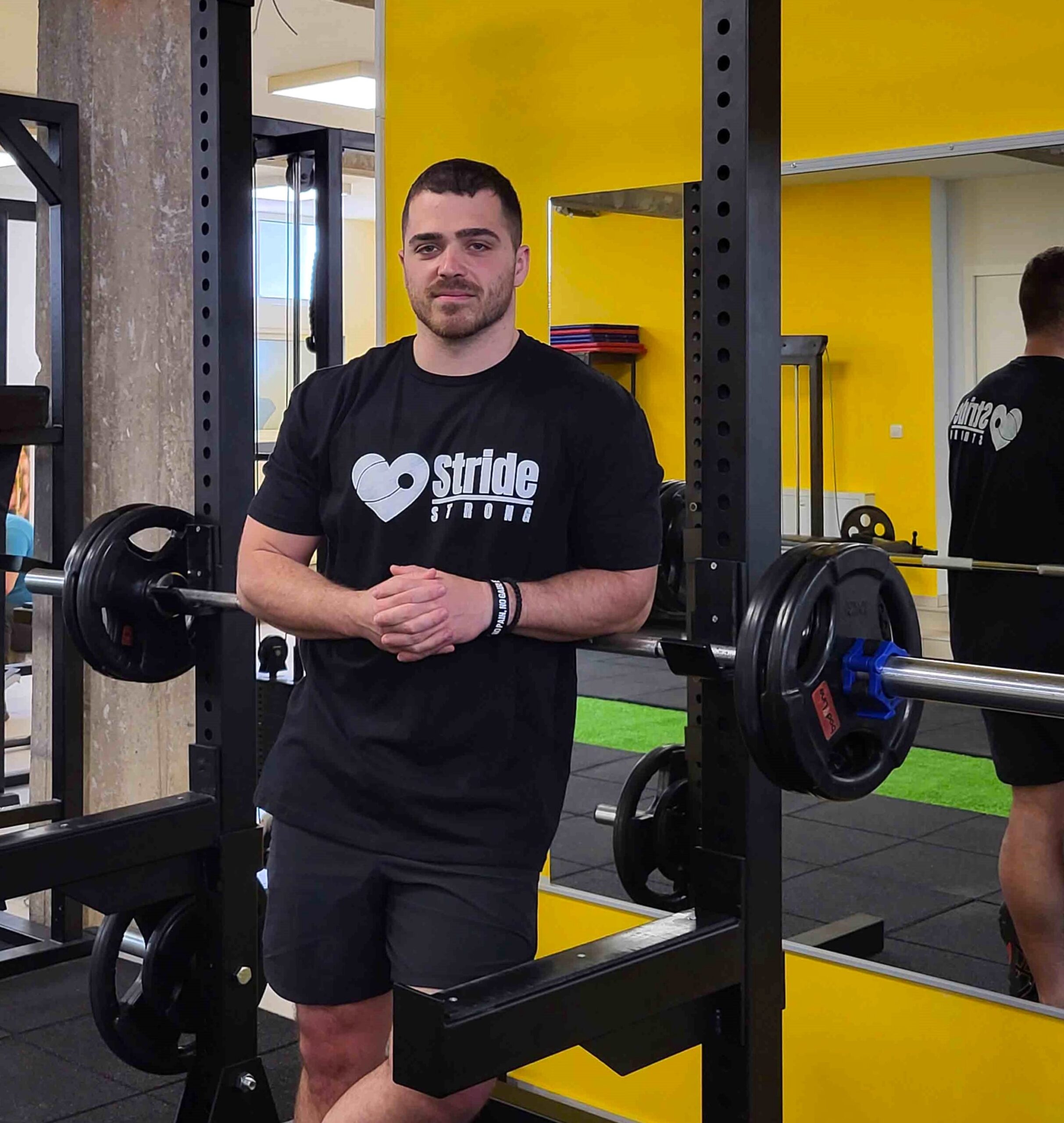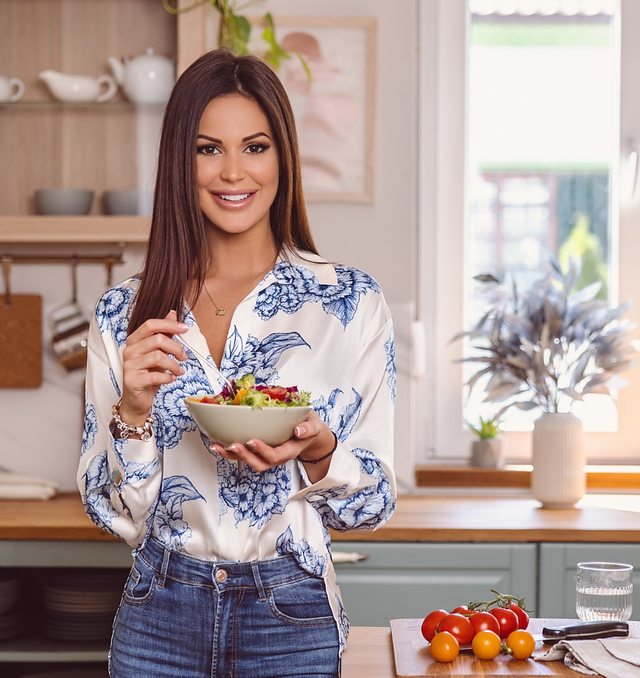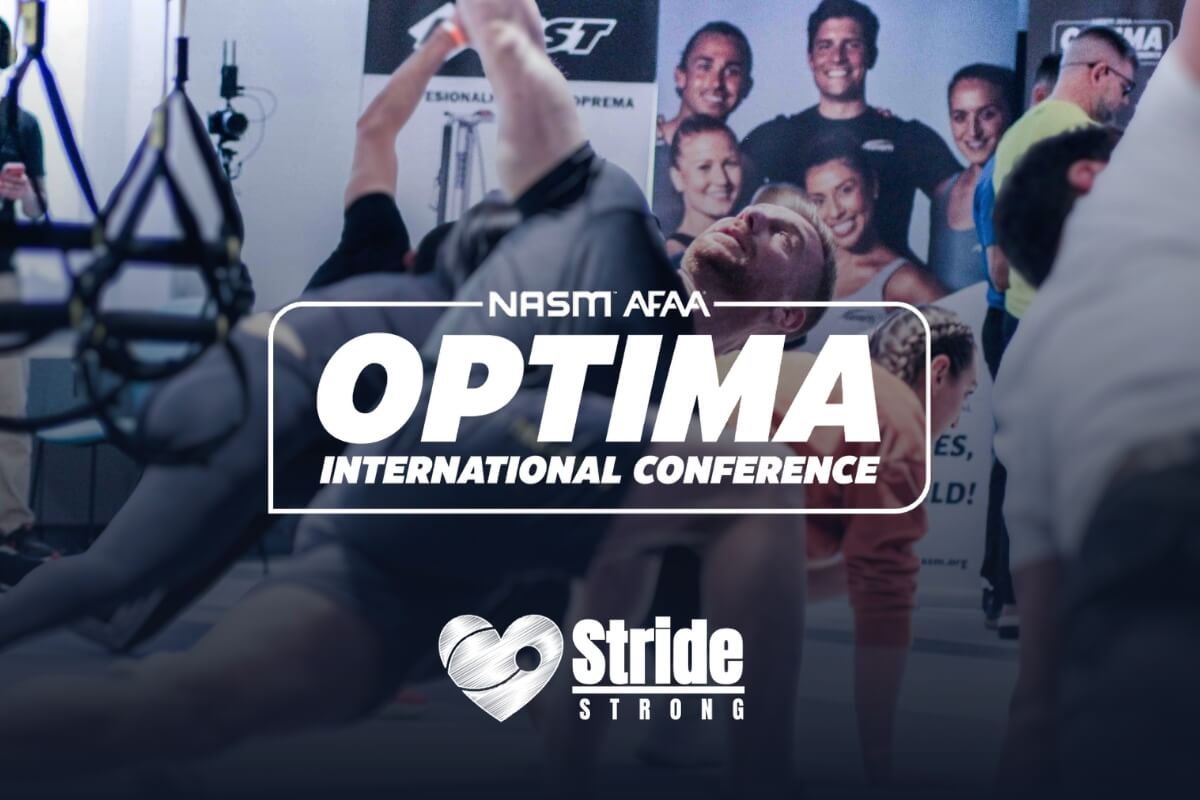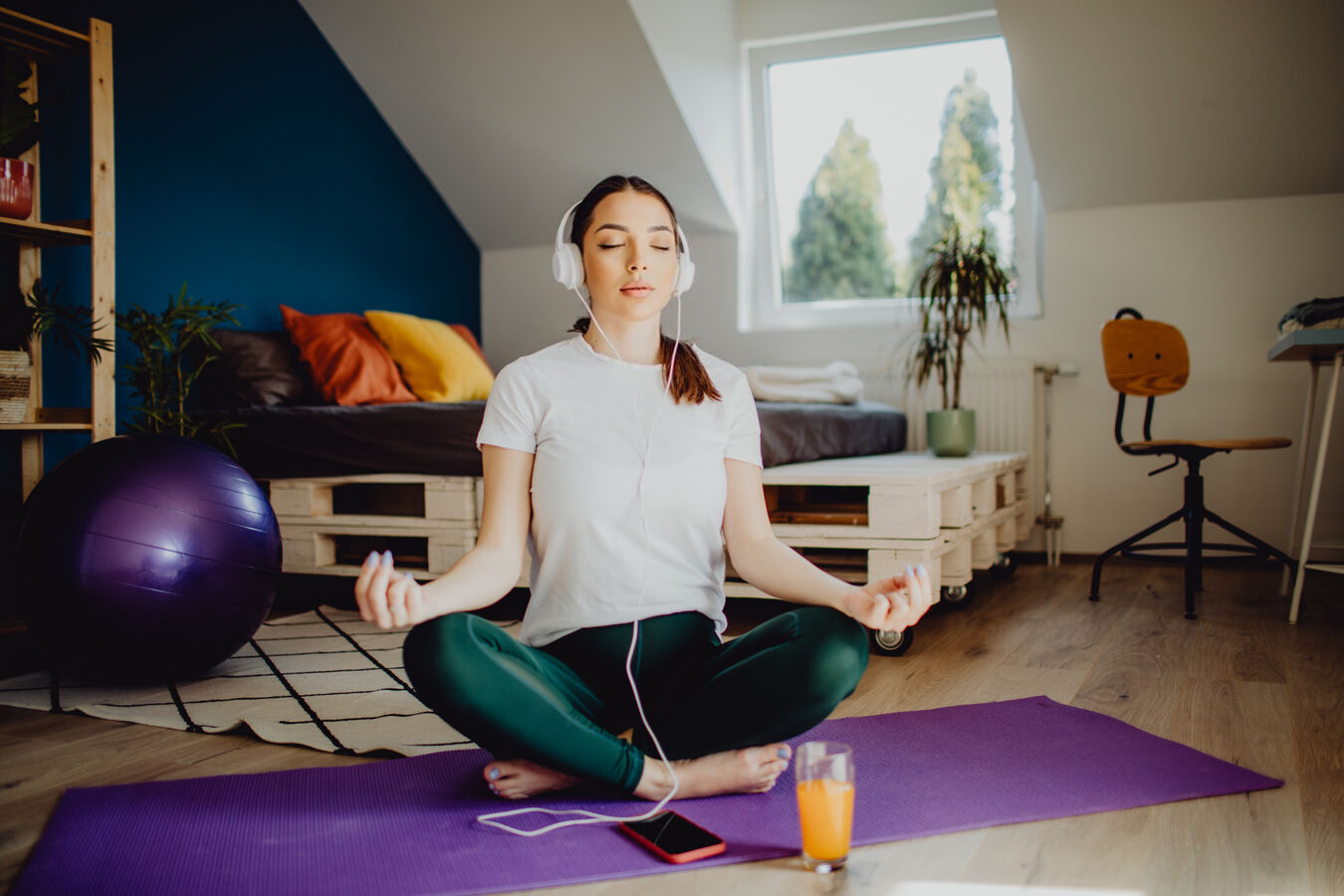One thing that is widely recognized as a fitness standard is the waist-to-hip ratio. Almost every woman in the world wishes for a curvy body with a smaller waist and big booty.
Well-rounded big bums and smaller waists are the definition of a sexy body. Some women have it naturally without much effort, but others need to put in some extra effort to achieve it, and that is where I as an experienced fitness coach come in.
I will share the same tips that I shared with all my clients for getting a smaller waist and bigger hips. I guarantee these exercises will help you out!
This exercise targets your obliques, which are crucial for waist definition: A comprehensive abdominal exercise that engages all parts of the abs, including the deep abs. Bicycle crunches target the upper and lower abs as well as the obliques, promoting a strong, tight core: This variation targets your inner thighs and glutes more effectively: Hip thrusts specifically target your glutes and hips: Hip thrusts enhance hip size by isolating and building the glute muscles. They work the side muscles, improving hip width and shape: These target the outer glutes and hip muscles: Great for activating the side hip muscles:Key highlights
Which exercises will help you get an hourglass figure?
1. Russian twists
2. Bicycle crunches
3. Sumo squats
4. Hip thrusts
5. Side lunges
6. Fire hydrants
7. Lateral band walks
The importance of your current body shape and fat percentage
Before creating a workout plan, assess your body fat percentage. Judging by the WebMD’s case study, a healthy body fat percentage for women falls within the range of 21-31 percent. If your current body fat percentage exceeds this range, you should consider losing weight and reducing belly fat.
If you’re naturally thin and possess a body fat percentage that’s lower than the ‘healthy range,’ make sure to concentrate on adding weight to the appropriate areas of your body via a suitable diet and exercise regimen.
Once you’ve determined which approach is required to achieve your goal of obtaining thicker hips and a smaller waist, you can utilize some or all of the strategies I will outline below.
Modify your diet
The diet plan specific to you will start with consideration of your targets. If you are on the heavier side and wish to achieve a smaller waist your diet plan should be aimed at reducing the weight.
It’s crucial to consume whole foods in appropriate portions. This entails following a calorie-deficit diet plan. For a balanced meal, I recommend you fill half your plate with vegetables or salad.
A quarter of the plate should consist of high-quality protein, including options like meat, poultry, fish, eggs, dairy, tofu, beans, and pulses. Another quarter should be dedicated to complex carbohydrates, including whole grains and starchy vegetables. Limit high-fat foods to half a tablespoon (7 grams), which consists of cheese, oils, and butter.
According to Ashley Sobel, depending on activity level, it’s estimated that adult women require 1,600–2,400 calories per day, compared with 2,000–3,000 calories for adult men.
A study from Gicare.com states that an increase of at least 500 to 1000 calories each day will promote a one to two-pound weight gain per week. It takes an extra 3500 calories to gain one pound of body weight.
Choose the right meat
I recommend you select meats with a lower fat content, known as lean meat. Skinless chicken is a prime example of lean meat. I also often take turkey, red meat, or pork chops that also qualify as lean meat (if you trim the fat away). When cooked correctly, lean meats are easy on the metabolism.
Due to its relatively low-fat content and high protein and vitamin content, lean meat is an excellent food choice for anyone who wants to reduce their belly fat while simultaneously gaining fat and muscle in the hip region.
The best foods to build muscle include items high in protein and low in saturated fat. – Jared MeachamAdditional tips
- The frequency of glute training should be at least twice a week.
- Like the pro powerlifters, you can include weighted squats in your everyday routine.
- Overdoing cardio will cut down the fat on the hips too. Thus, do it the right amount.
- Replace some cardio with plyometrics
- Glutes being the big muscles you need to work with heavier weights
- Doing slower reps will help you in keeping muscles under tension for a longer time, and help you in getting faster results
- Repeating the same exercises can slow down your results, mix it up
- Do targeted workouts, do not mix too many workout plans together
[/su_accordion]
